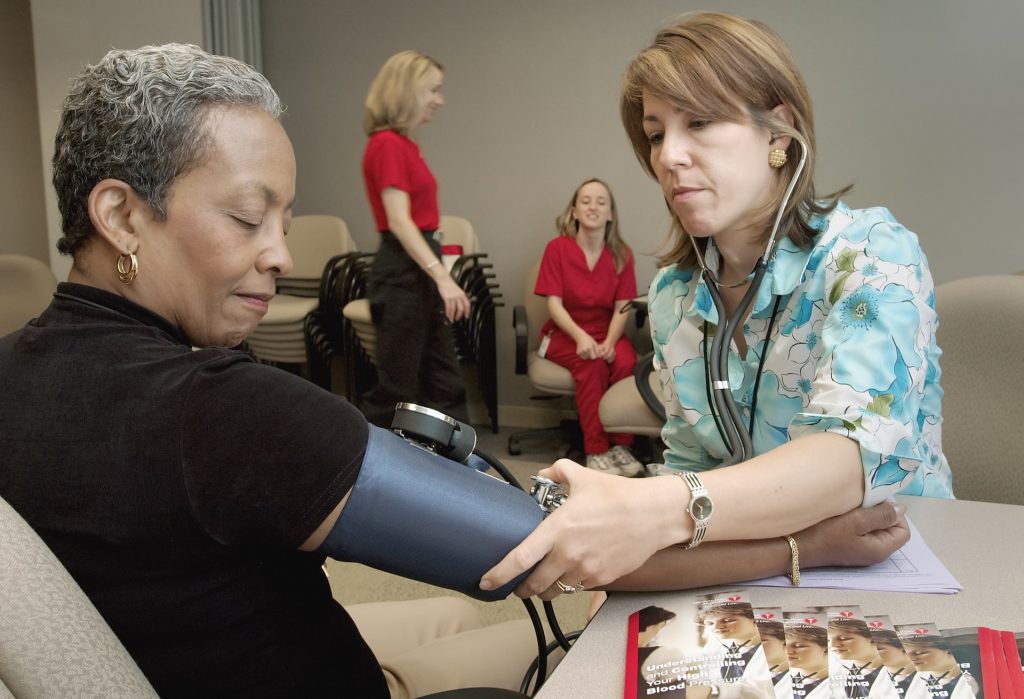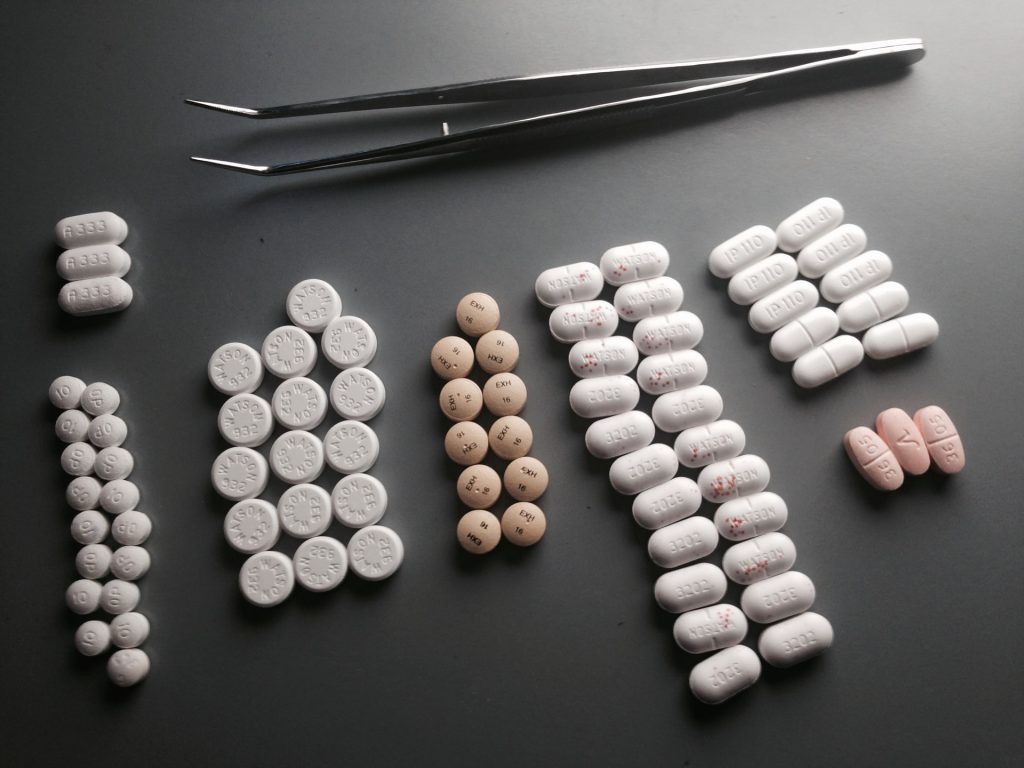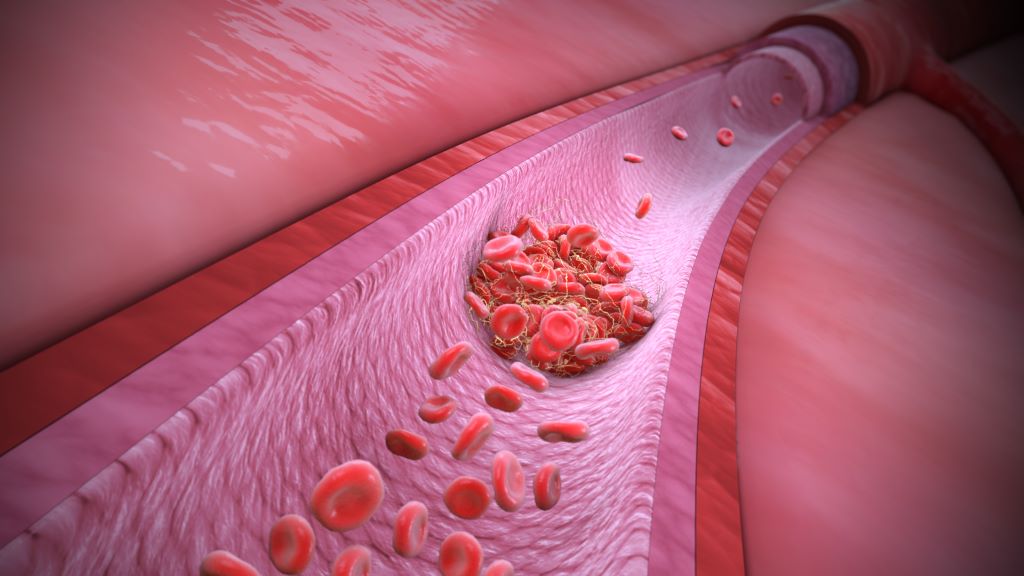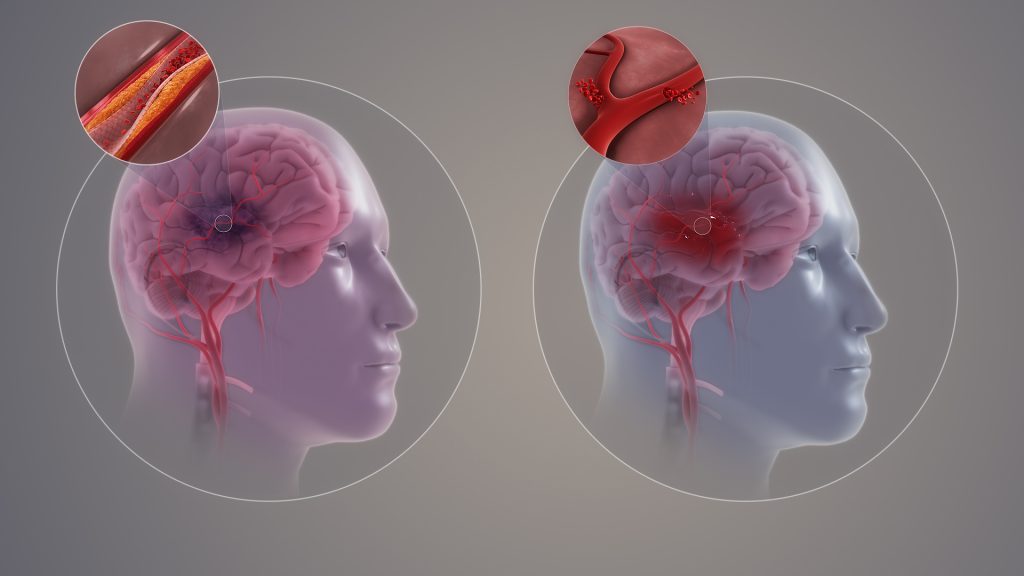Regular Sleep Schedule May Improve Recovery from Heart Failure Hospitalisation

People recovering from heart failure should consider improving the regularity of their sleep, a study led by Oregon Health & Science University suggests. The research team found that even moderately irregular sleep doubles the risk of having another clinical event within six months, according to a study published in the journal JACC Advances. A clinical event could be another visit to the emergency room, hospitalisation or even death.
“Going to bed and waking up at consistent times is important for overall health,” said lead author Brooke Shafer, PhD, a research assistant professor in the Sleep, Chronobiology and Health Laboratory in the OHSU School of Nursing. “Our study suggests that consistency in sleep timing may be especially important for adults with heart failure.”
Researchers enrolled 32 patients who had been hospitalised for acutely decompensated heart failure at OHSU Hospital and Hillsboro Medical Center from September 2022 through October 2023. For one week following hospital discharge, participants used sleep diaries to record the time they fell asleep at night, woke up in the morning and the timing of naps they took during the day.
The participants were then categorised as regular sleepers or moderately irregular sleepers, based on their sleep patterns.
The study found:
- Following discharge from the hospital, 21 participants experienced a clinical event over the course of six months.
- Of that group, 13 were classified as moderately irregular sleepers compared with eight classified as having a regular sleep schedule.
- Statistically, the irregular sleepers had more than double the risk of an event across the six-month time span.
The increased risk of a clinical event for moderately irregular sleepers remained even when accounting for possible contributing factors like sleep disorders and other underlying medical conditions. The research team says the study is among the first to examine the impact of sleep regularity in the context of heart failure, and the findings add to a growing body of evidence suggesting the importance of maintaining a regular sleep schedule.
“Improving sleep regularity may be a low-cost therapeutic approach to mitigate adverse events in adults with heart failure,” the authors conclude.
Shafer said the results strengthen the connection between sleep regularity and cardiovascular health.
“When we’re asleep and in a resting state, our blood pressure and heart rate decrease compared with daytime levels,” she said. “But variability in sleep timing may disrupt mechanisms involved in the regulation of the cardiovascular system. Irregular sleep may contribute to adverse outcomes, especially for people already affected by heart failure.”
The next step would be to scale up the research to a larger cohort of participants and see whether improving sleep regularity lowers the risk of another clinical event, she said.











